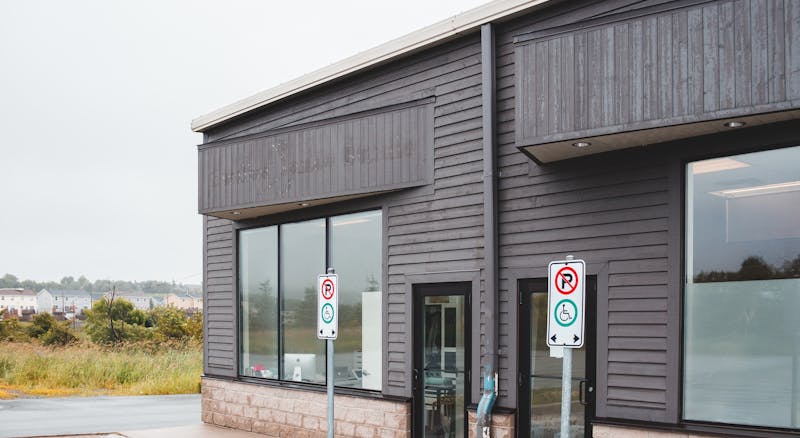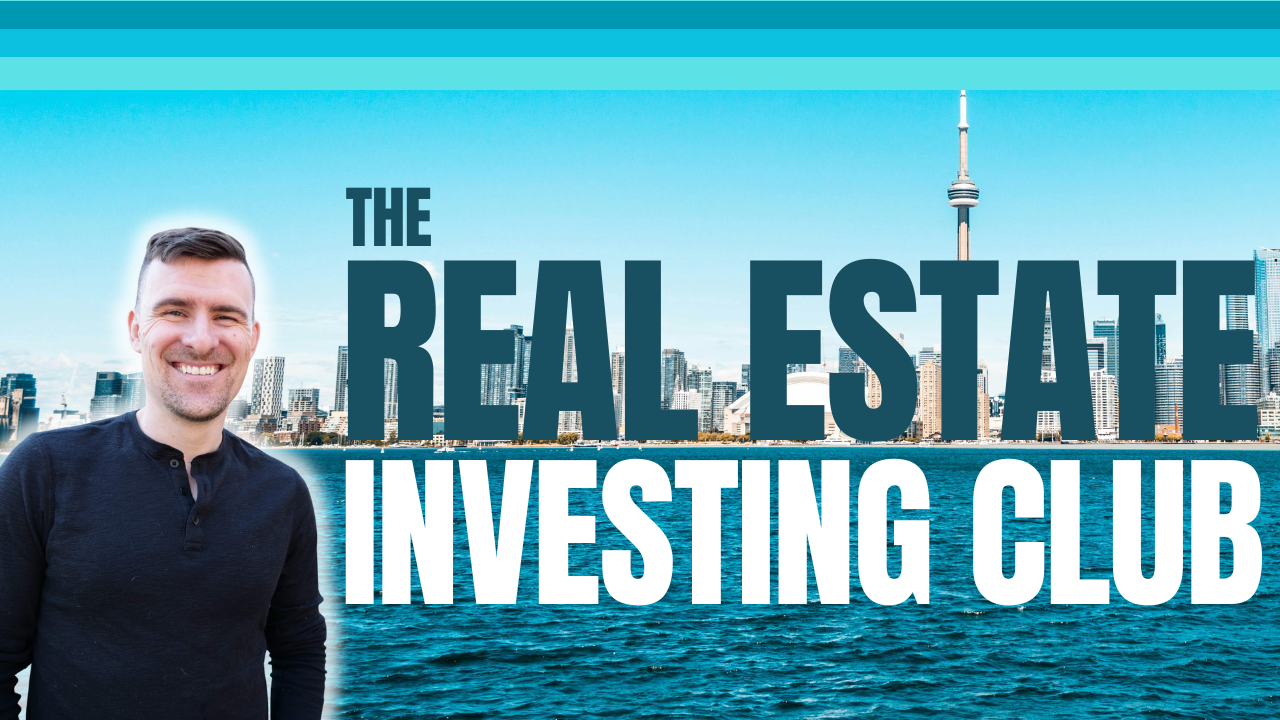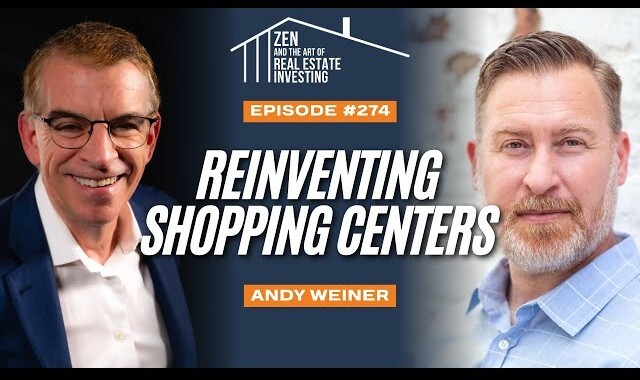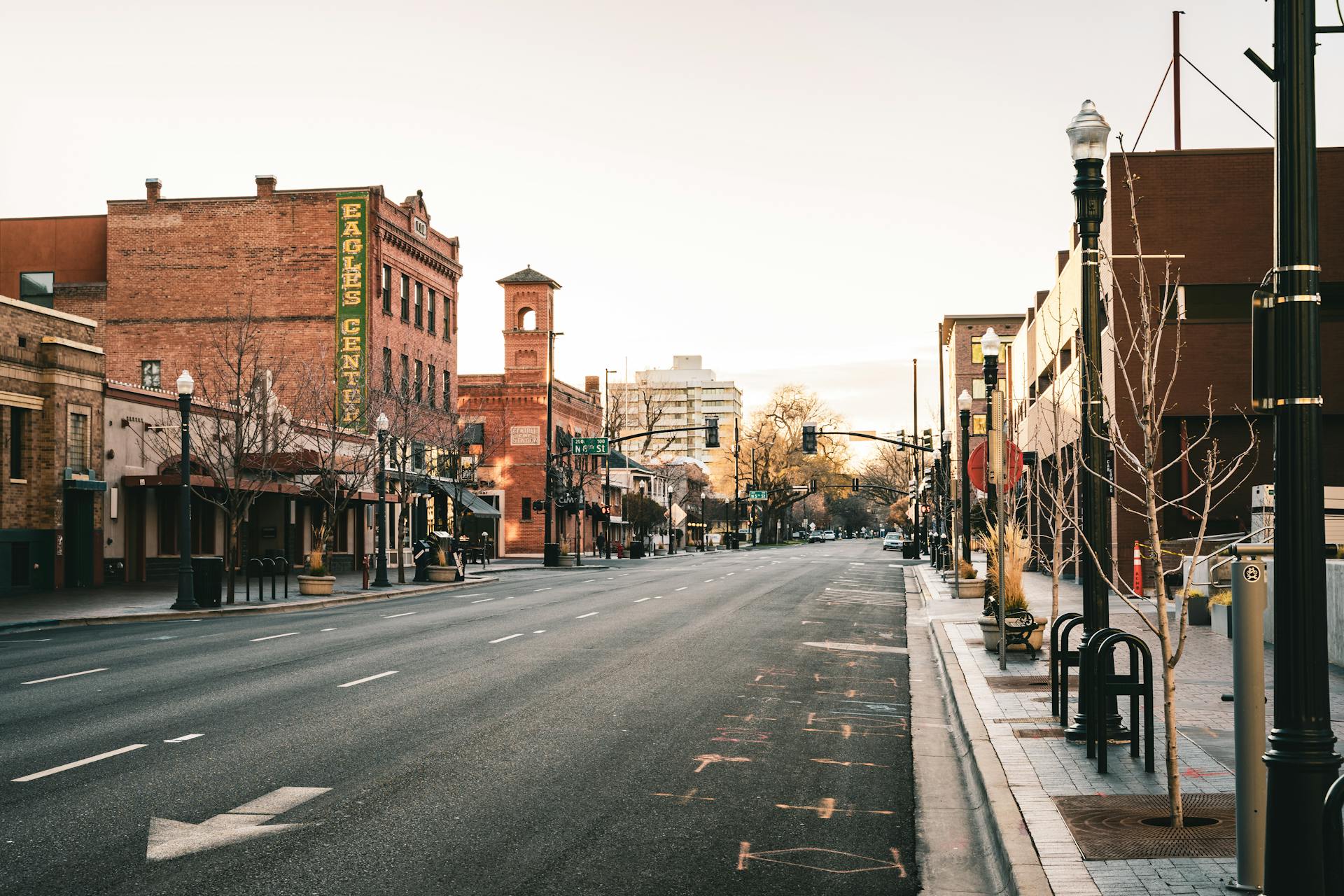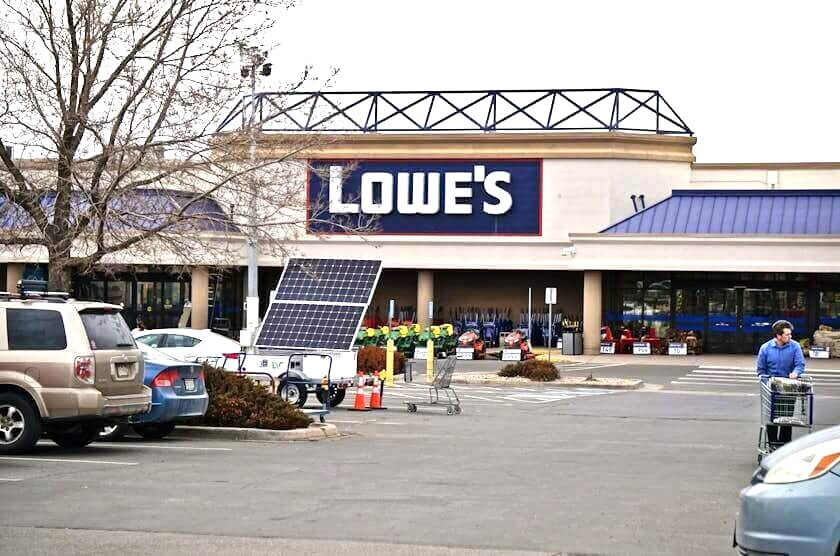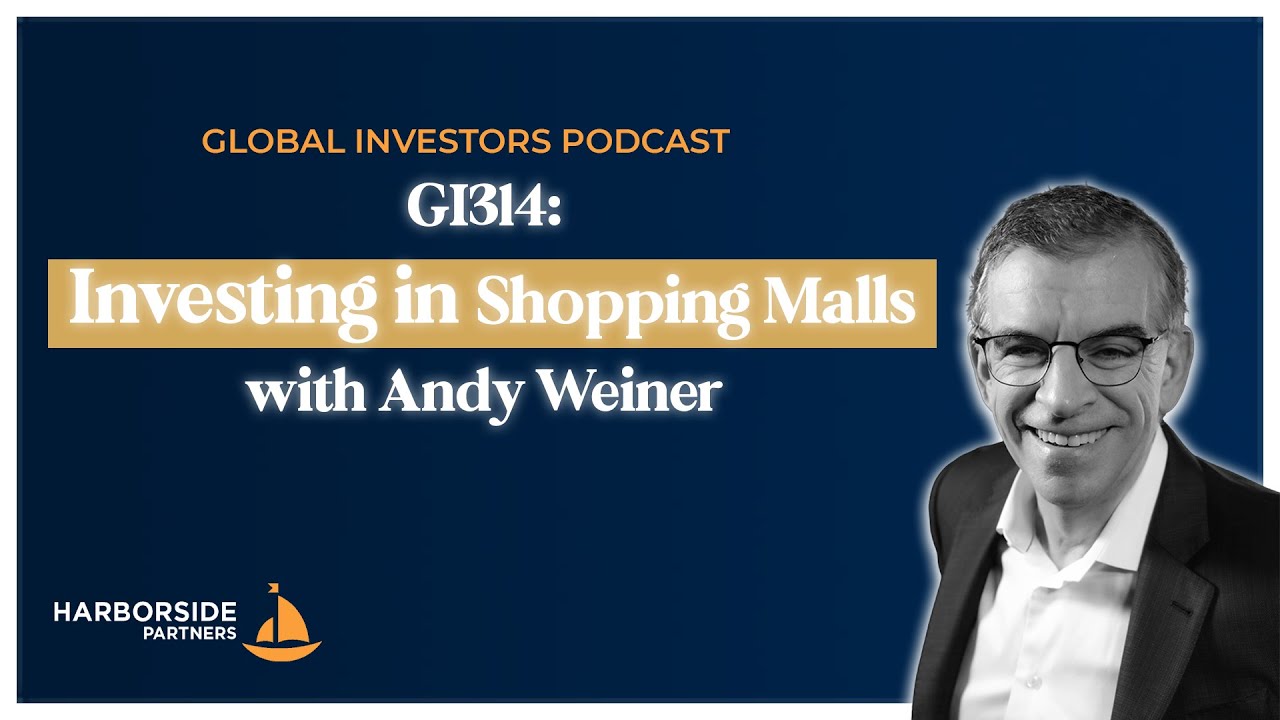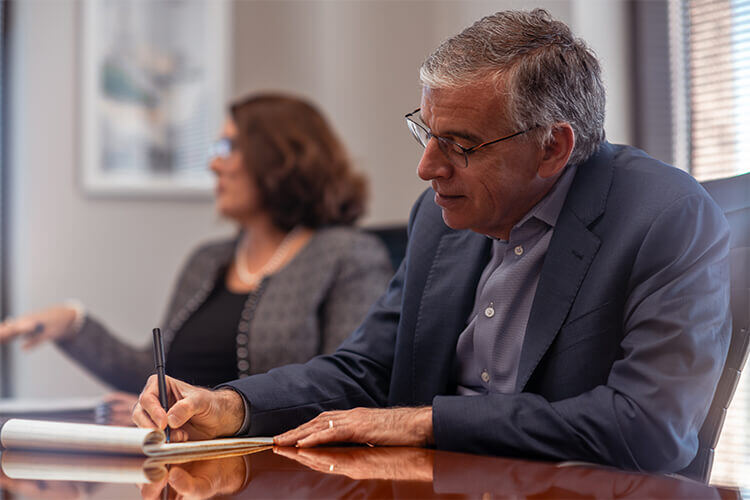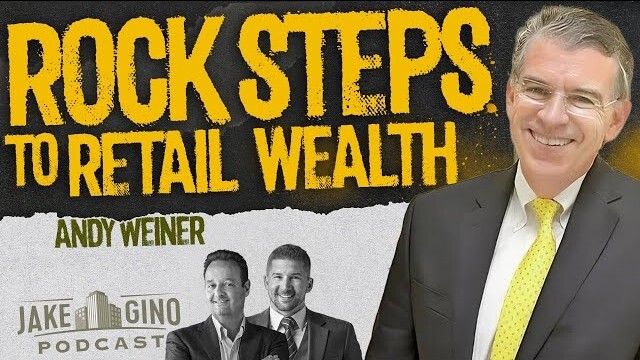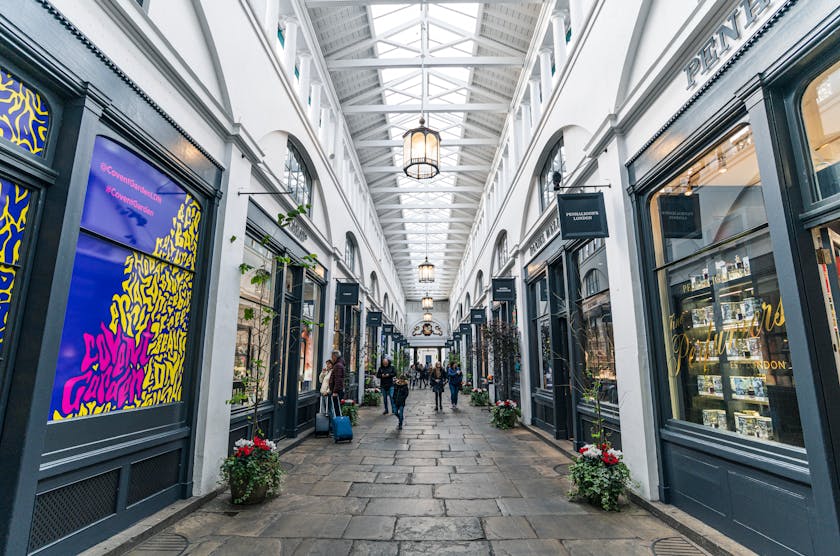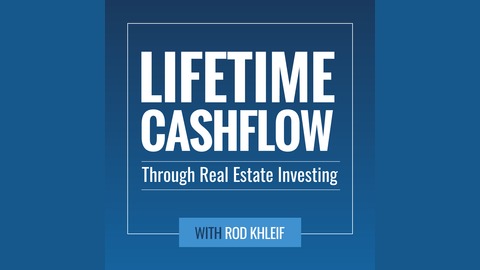CRE Exchange Podcast: "HomeTown" Markets Delivering Real Results
October 23rd, 2025
3 min read
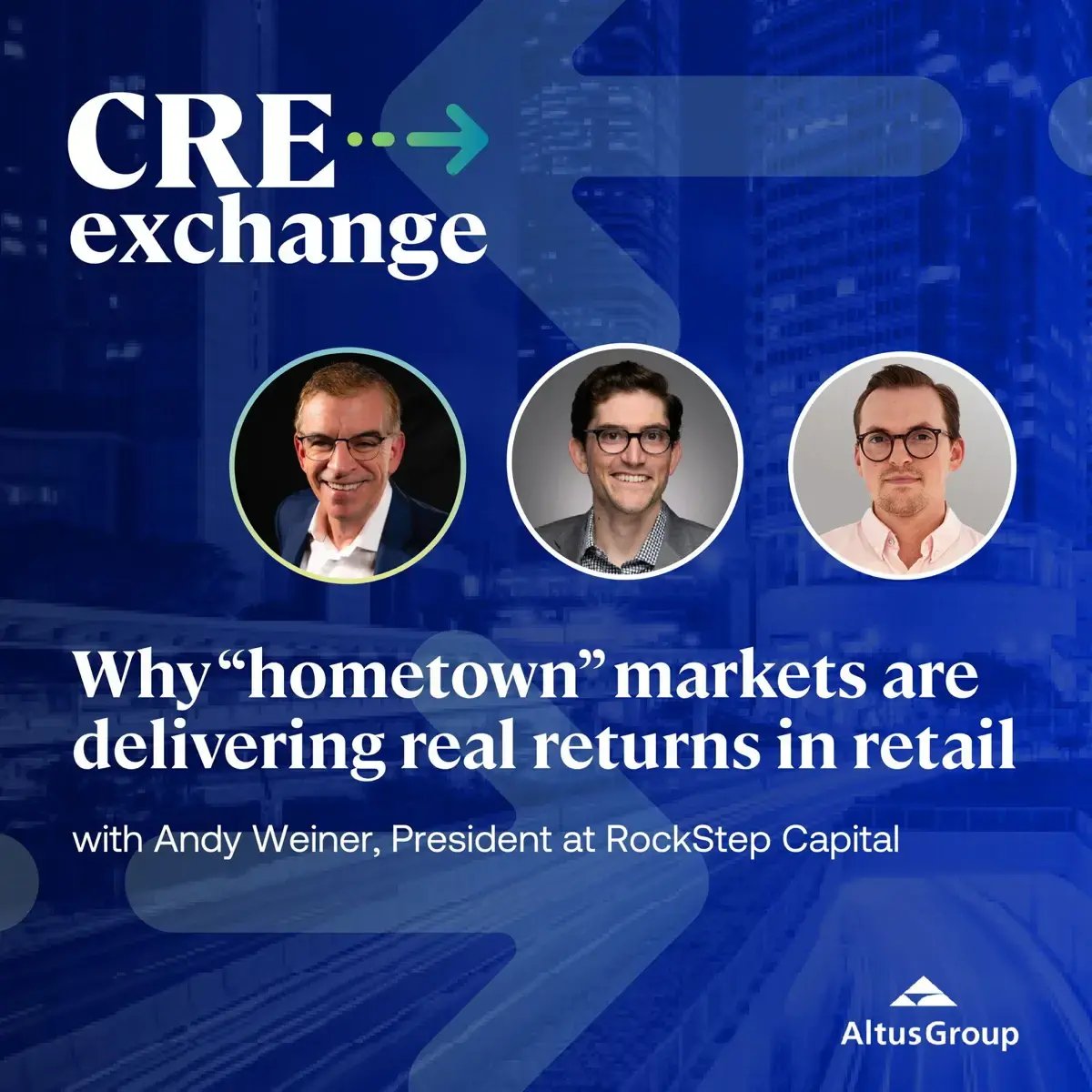
Note: This episode is also available on podcast platforms like Spotify and Apple Podcasts.
For years, many in commercial real estate assumed retail was fading. But Andy sees a different story unfolding. On The CRE Exchange Podcast from Altus Group, hosted by Cole Perry and Omar Eltorai, Andy Weiner explains why shopping centers remain one of the strongest investment opportunities and how his company’s “HomeTown” strategy is helping revitalize communities across the country.
From Retail Legacy To Real Estate Leadership
Weiner’s roots are firmly planted in retail. His family’s business, Wiener Stores, once operated nearly 160 clothing stores across Texas and Louisiana.
When competition from national big-box retailers intensified, the company eventually closed. That loss pushed Weiner into real estate and shaped his long-term approach to investment.“Our family business started by my grandfather in Houston in the 1920s. It grew to 159 clothing stores. I ran operations, stores, real estate, and logistics. I’m a retailer by background.”
“There was a metaphorical fire in the building and I had to jump out the window. The company went out of business competing with Walmart. After that, I started doing shopping center investing in 1997.”
His first major project, a 23-parcel land assembly in Houston, launched what would become RockStep Capital, a Houston-based firm now managing over 10 million square feet of shopping centers across 11 states.
Lessons From His Time In Retail
Weiner’s early experience on the retail side became the foundation for his investment philosophy.
“I’ve been in thousands of shopping centers and thousands of stores. I study retail management and store metrics—what it takes for a store to be profitable and how much rent a tenant can pay.”
That understanding allows RockStep to evaluate tenants not just as lessees but as operating businesses. By assessing store-level economics, the firm can identify which tenants are resilient, which are at risk, and how to structure deals for long-term performance.
The Mission To Make American HomeTowns Better
Weiner’s focus extends beyond returns. RockStep’s mission is to improve the communities where it invests.
“Our mission has become to make hometowns better by bringing capital and expertise to assets that affect quality of life. When a mall goes dark, it’s bad for the community. We want to change that.”
The company specializes in grocery-anchored centers, open-air retail, and enclosed malls, often taking on properties others overlook. With a team of roughly 100 people, RockStep manages everything from construction to leasing and handles its projects from start to finish.
How RockStep's Strategy Has Evolved Over The Years
Weiner describes RockStep’s evolution as a story of adaptation.
“We started out doing development with Walmart Supercenters. After the financial crisis, we shifted to buying second-generation centers in hometown markets. Today, retail is the sector of yield compared to multifamily and industrial.”
While e-commerce and the pandemic forced many retailers to adjust or disappear, the survivors emerged stronger.
“Retailers that survived Amazon and COVID have great strategies, strong balance sheets, and are growing into an inventory that’s not growing.”
This limited supply of new retail construction, combined with stronger tenants, has created favorable conditions for investors who understand the space.
What Exactly Makes A Place A "HomeTown"?
At the heart of RockStep’s model is a focus on smaller markets, which Weiner calls “HomeTowns.” These are communities of fewer than 1 million people that have strong leadership, civic engagement, and essential economic drivers.
“A HomeTown has quality of life, civic leadership, and business engagement. For a market to be viable, it needs one or more essential drivers like a major university, hospital, military base, or tourism.”
In these markets, RockStep often partners with local investors and community banks. The result is deeper relationships and better alignment between stakeholders.
“Local investors help with entitlements, property taxes, and incentives. They’re on community boards and act like deputized leasing agents. It reduces risk and builds connection.”
Examining The Retail Renaissance
Weiner describes the current retail landscape as a renaissance. Once-dismissed shopping centers are now among the best-performing assets.
“Pure e-commerce brands eventually need stores. When they open one, sales go up and there’s a halo effect on their online business. One plus one equals three.”
As construction costs rise, new development becomes less feasible, increasing the value of existing retail properties.
“If you own second-generation retail at 60 to 80 percent of replacement cost, the supply-demand dynamics are in your favor.”
The Science Behind Partnering With Communities
Public-private partnerships are a central part of RockStep’s redevelopment strategy.
“In Hutchinson, Kansas, we’re turning a mall inside out with city support through a sales tax incentive program. In northern Minnesota, we secured $4.5 million in grants to de-mall an asset and bring in tenants like Hobby Lobby and Harbor Freight.”
By collaborating with cities and local organizations, the company creates projects that stimulate economic growth while strengthening its own portfolio.
Looking Ahead Toward An Exciting Future
Weiner’s goal is to grow RockStep’s impact while staying true to its mission.
“Our pipeline greatly exceeds our capital. If I could snap my fingers, I’d align with more family offices and institutions that share our vision and live by the RockSteps.”
He invites investors and community leaders to explore RockStep’s educational resources and investment opportunities.
“Go to rockstep.com and visit the Learning Center. We’ve got over a hundred articles and videos for anyone wanting to understand how shopping centers work.”
Topics:





